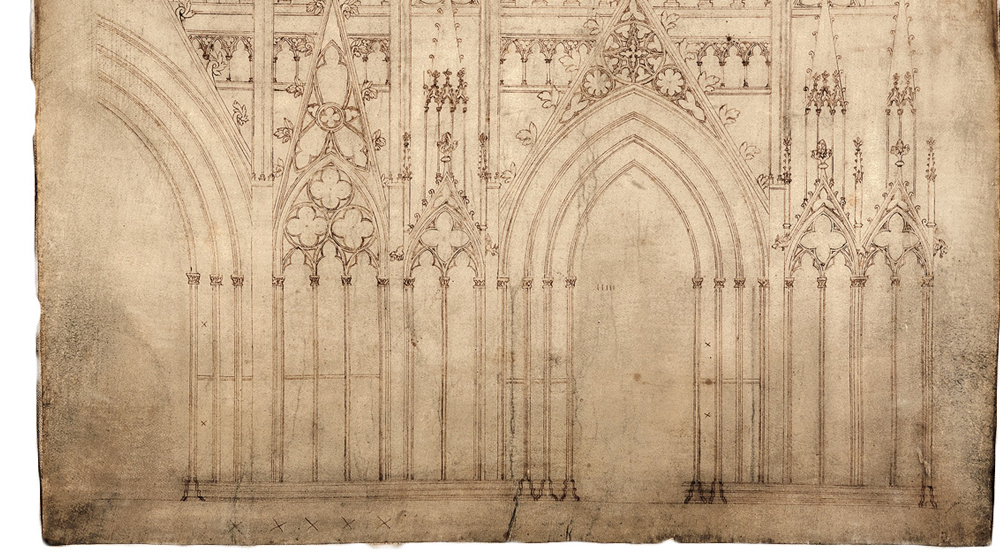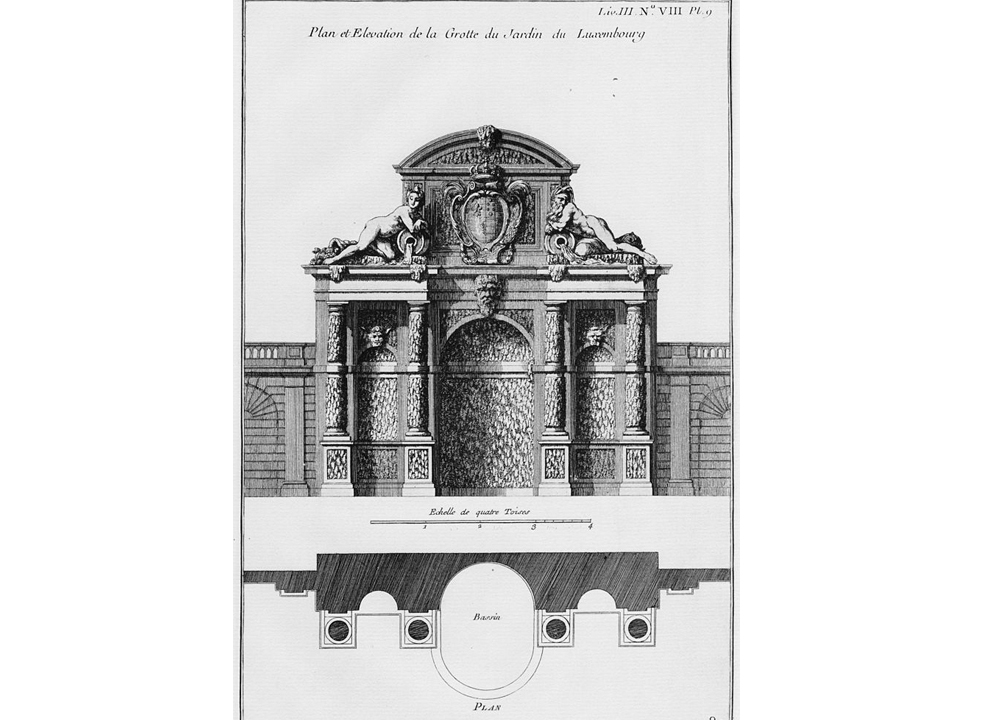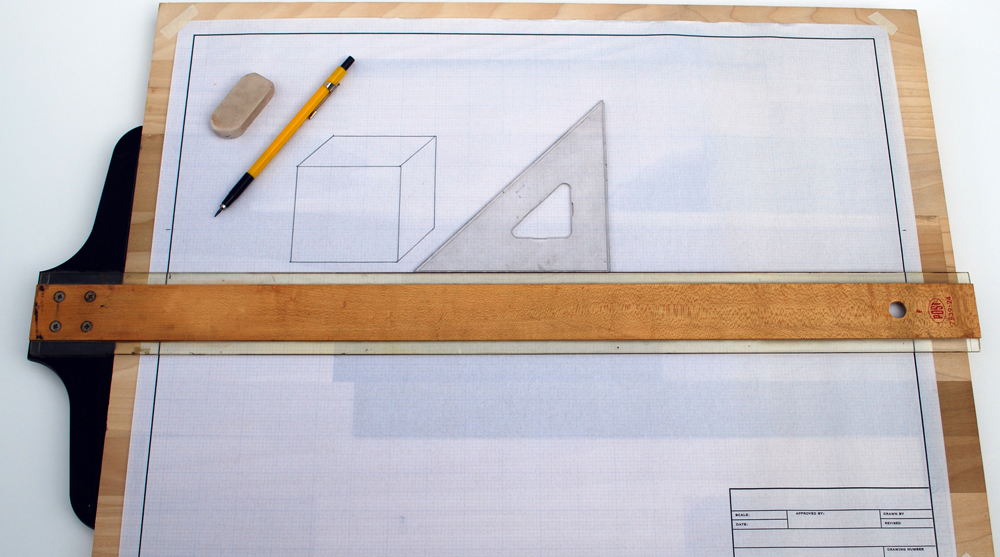Communicating architecture is a complex and varied process, varying significantly during the life of a project. How an architect communicates their ideas to a client might be completely different from how they communicate with contractors or collaborating architects.
During the initial stages of a project, architects will need to communicate with an often inexperienced client, and as such will need to include great detail on certain aspects yet remain vague on others. In later stages architects will need to communicate with suppliers and contractors, which may have legal implications and therefore need to be very specific.
It’s also likely that they would need to communicate and collaborate with other architects and designers, meaning abstract ideas and inspirations would need to be communicated long before a single line is drawn.
PROBLEMS WITH COMMUNICATION IN THE ARCHITECTURE INDUSTRY
Rem Koolhaas - founder of Rotterdam-based firm Office of Metropolitan Architecture - claims that architects are “too self-referential.” Architecture as an industry has seen huge leaps forward in the technology it uses in recent decades, however it still falls behind others in keeping up with the so-call communications revolution that is shaping the modern world.
"Architecture has a serious problem today in that people who are not alike don't communicate. I'm actually more interested in communicating with people I disagree with than people I agree with." - Koolhaas, Fast Company magazine
" "We're working in a world where so many different cultures are operating at the same time, each with their own value system," the Dutch architect added. "If you want to be relevant, you need to be open to an enormous multiplicity of values, interpretations, and readings"."
History of architectural communication
Architecture and communication have not always been conducive disciplines. In medieval times, buildings were developed by master masons who passed their skills down from generation to generation. Not only was there less need for communication between architects, but a certain amount of secrecy was important in order to safeguard their skills and their ability to earn a living using them.

Medieval architecture drawings were limited in the amount of information they would communicate. Image source
It was during the Renaissance period that ‘architects’ as we now know them really began to emerge, and prominent creators such as Palladio started becoming attached to a specific court or to specific patrons. As such there was a demand for them to submit drawn designs of their concepts in order to win contracts.

Greater detail and more impressive architectural drawings were creating during the Renaissance in order to secure funding and win contracts. Image source
Around the same time in Britain, with its influx of wealthy landowners, architects were being employed to design and build new homes and landmarks to signify the wealth and prosperity of these individuals. Communication of designs and concepts would have been on a close, personal relationship basis, with architects accommodating their patrons ever-growing list of demands and concessions. Therefore instigating the first ever architect-client consultations.
20th century architecture communication
The architect began to emerge as a more public figure during the 20th century, as more and more organisations, municipalities and commercial companies began to commission architectural work. This therefore required architects to become more active in communicating with the rest of society, from clients and customer to builders and construction companies.
With modern technology now an integral part of every industry, architects can and must operate virtually with the rest of the design team. This requires constant communication and information exchange with clients, project managers, contractors and suppliers as well as public authorities.

It’s been a long time since an architect used a drawing board to create designs. Image source
The traditional role of the architect is now considerably different in terms of the potential for communicating their ideas. With large white drawing tables completely relegated to the past, architects are steadily progressing from 2D CAD drawings to spatial 3D modeling and virtual reality to communicate their ideas, and this looks set to increase as technology develops.
Is 3D technology the answer?
The benefits of 3D technologies are obvious; they allow for unparalleled architectural expression, creating an immersive experience for the client or guest without any physical limitations. We welcome you to explore this concept in one of our architecture competitions!
Top 3 Reasons Why You Should Enter Architecture Competitions
Curious about the value of architecture competitions? Discover the transformative power they can have on your career - from igniting creativity and turning designs into reality, to gaining international recognition.
Learn more



























